| These photos were taken from the fast train from Beijing to Weifan in Shandong Province. A few from the Jiaodong Peninsula. |
|
|
|
|
|
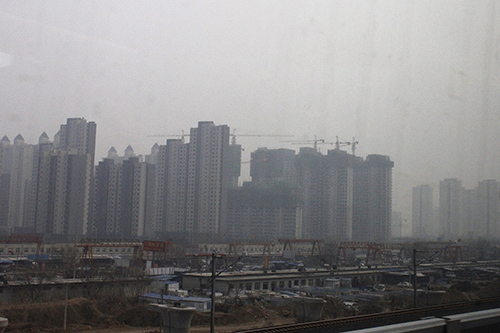
|
The tip of the spear, headed to the heart of the Earth.
opening new ground for more destruction.
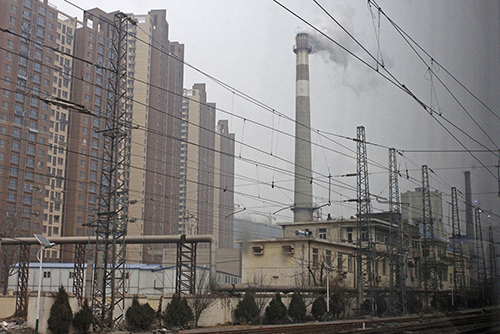
|
|
Today I awoke from my dreams to a world devoid of colour
My eyes wide open to human desolation
All beauty sapped under the brown haze
Burning burning burning
Covering the world,
Removing horizons and perspective
Turning colour to dust
|
|
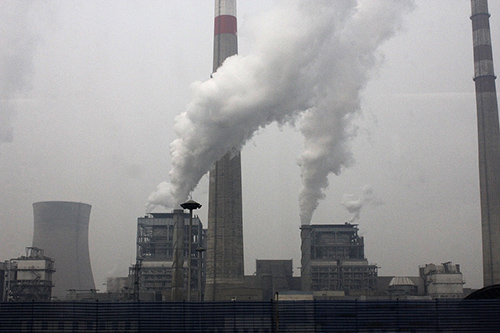
|
to satisfy human hunger.
Everything dug up, overturned, overrun, a continuous, vast building site,
new for old, new for old,
Larger, much larger for small,
|
|
|
Hill tops flattened, rivers contained, quarries dug up, forests used up,
Sea cucumbers from Sierra Leone for lunch
Man taking everything from everywhere,
reshaping the shapeless in human form,
and burning the rest.
|
|
|
Man with his metal jaws and explosives,
eating into the hard depths of the Earth,
monotonous thumping, banging,
echoing growls through dark endless labyrinths
screaming for gold, a thousand metres below ground
accomplishing manís destiny
Ever deeper, ever more.
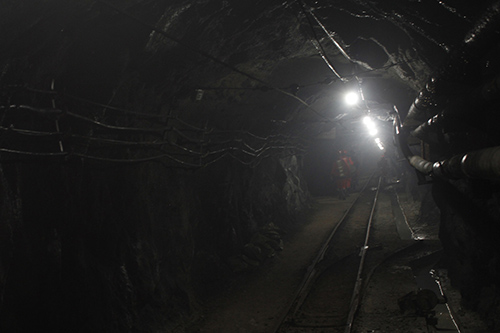
|
War for a life of plenty in the middle of a sea of destruction,
A distraught land, crying for the sun to bring light and colour
But forever covered by this infernal grey blanket.
The red sun, powerless, veiled by this funereal haze
The sun diminished to a small red bulb, watches human commotion through the haze,
The sun obfuscated by this eternal grey, life-sapping light
that pervades human prowess.
|
|
Ling Long gold mine area |
|
|
| Sun set at Laizhou |
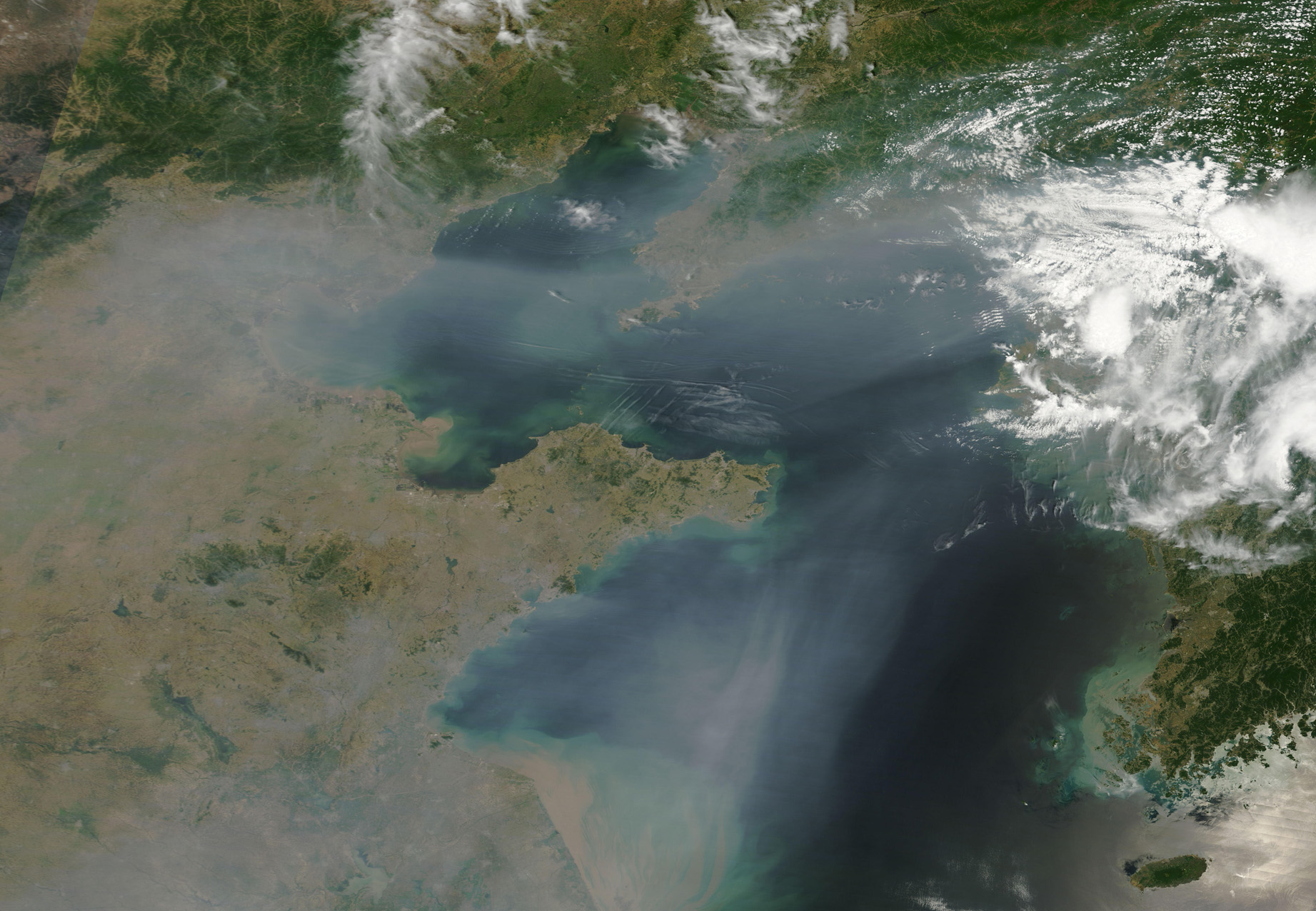
|
Thick haze blown off the Eastern coast of China, over Bo Hai Bay and Yellow Sea. The haze likely results from urban and industrial pollution. Joseph Kahn and Jim Yardley of the New York Times filed a report on August 26, 2007 about China's pollution problem: "Environmental degradation is now so severe, with such stark domestic and international repercussions, that pollution poses not only a major long-term burden on the Chinese public but also an acute political challenge to the ruling Communist Party." Main points from the report included:[2] 1. According to the Chinese Ministry of Health, industrial pollution has made cancer China's leading cause of death. 2. Every year, ambient air pollution alone killed hundreds of thousands of citizens. 3. 500 million people in China are without safe and clean drinking water. 4. Only 1% of the country's 560 million city dwellers breathe air considered safe by the European Union, because all the China's major cities are constantly covered in a "toxic gray shroud". Before and during the 2008 Summer Olympics, Beijing was "frantically searching for a magic formula, a meteorological deus ex machina, to clear its skies for the 2008 Olympics." 5. Lead poisoning or other types of local pollution continue to kill many Chinese children. 6. A large section of the ocean is without marine life because of massive algal blooms caused by the high nutrients in the water. 7. The pollution has spread internationally: sulfur dioxide and nitrogen oxides fall as acid rain on Seoul, South Korea, and Tokyo; and according to the Journal of Geophysical Research, the pollution even reaches Los Angeles in the USA. 8. The Chinese Academy of Environmental Planning in 2003 had an internal and unpublished report which estimated that 300,000 people die each year from ambient air pollution, mostly of heart disease and lung cancer. 9. Chinese environmental experts in 2005 issued another report, estimating that annual premature deaths attributable to outdoor air pollution were likely to reach 380,000 in 2010 and 550,000 in 2020. 10. A 2007 World Bank report concluded "...outdoor air pollution was already causing 350,000 to 400,000 premature deaths a year. Indoor pollution contributed to the deaths of an additional 300,000 people, while 60,000 died from diarrhea, bladder and stomach cancer and other diseases that can be caused by water-borne pollution." World Bank officials said "China's environmental agency insisted that the health statistics be removed from the published version of the report, citing the possible impact on 'social stability'". Update from The Economist 2015: "Michael Greenstone of Chicago University has led research into pollution affecting lifespans in China... The lives of northern Chinese, he found are 5.5 years shorter ob average because of air pollution".
|